More Information About Text Preparation
Formatting
- Text and headings should only be formatted using a style sheet; Headings must be identified using styles.
- Blank lines, spaces, etc. should not be used for structuring purposes.
- A Unicode character set should be used. Many freely available fonts already have a very wide range of relevant special characters, e.g. Noto, Calibri, Gentium etc. The standard encoding is utf-8. For special cases, there are many other derivatives of Noto that cover a wide range of special characters.
- If special characters are used that are not displayed in Unicode, they must be highlighted and the font used must be included.
- Footnotes in English texts follow punctuation marks.
Quotation Marks (Guillemet or Angle Quotes)
- Double marks for citations: The comment »It is not the responsibility of the editorial team to check the comments for accuracy or to supplement them« still applies.
- Single marks for nested citations: On the DAI page, one reads: »The comment ›It is not the responsibility of the editorial team to check the comments for accuracy or to supplement them‹ still applies.«
- Single marks to refer to 'so-called' terms: Rarely does one find, between rounded ›corners‹, walls that are straight.
Nested Parentheses
(LIMC V [1990] 108 Nr. 2767 s. v. Herakles [J. Boardmann – G. Kokkorou-Alewras])
Other Puncuation
- 167–168 n. Chr.
- 480/470 v. Chr.
- 2.–1. Jt. v. Chr.
- 2300–2000 v. Chr.
- letztes Viertel 1. Jh. v. Chr. – 1. Hälfte 1. Jh. n. Chr.
- 1 : 100
Catalog Numbers
wie die Lampe Kat. 234 zeigt… oder: wie die Lampe 234 zeigt…
Image Credits
Please state per image:
- Name of the author(s) of the image
- Specify the licence under which the DAI may use the image (and - if applicable - the image provider's specifications for the design of the image credits)
- If available: Archive or negative number, year of the photograph
- In the case of an image citation: Name of the complete source including the author(s) of the image
Examples:
- Taf. 6, 5: Milet-Grabung, Neg. 85/579 (W. Schiele). CC BY-SA 4.0
- Abb. 1–7: Zeichnungen Dietrich Huff. Alle Rechte vorbehalten
- Taf. 15, 2: Fotothek DAI Athen, D-DAI-ATH-99.1167 (Hans Rupprecht Goette). Alle Rechte vorbehalten
- Taf. 27, 3: Fotothek DAI Athen, D-DAI-ATH-Athen-Bauten-0470 (Foto: unbekannt, Fotodatum: 1913). Alle Rechte vorbehalten
- Abb. 18: Zitat nach: J. Lipps – M. Unterwurzacher, Neue Forschungen zur römischen Steinarchitektur in Bayern, AA 2014/1, 46 Abb. 2 (Foto: Johannes Lipps)
- Abb. 21: Zitat nach: J. Schäfer, Phaselis. Beiträge zur Topographie und Geschichte der Stadt und ihrer Häfen, IstMitt Beih. 24 (Tübingen 1981) Taf. 45, 1 (Foto: unbekannt)
The following information applies to the publications of the branches listed below (for other publications please contact the pertinent editorial office):
- Zentrale
- Athen
- Eurasien (only KVF)
- Istanbul (only IstForsch)
- Kairo
- Madrid
- Orient-Abteilung (Please contact the editorial team of the Orient Department to find out which publications)
- Rom
- RGK (only KVF, RGF and Limesforschungen)
- KAAK
Fonts
The following fonts are used:
- Headings: Noto Sans Regular
- Body text: Noto Serif Light
Katalog:
- Catalogue number, title: Noto Sans Regular
- Body text: Noto Serif Light
- Technical specifications: Noto Sans Regular
Noto is a free font from Google (Open Font Licence) with an extensive range of special characters, which you can download free of charge.
If the Noto font is not available to you, any other unicode-capable font can be used for the manuscript version; in this case we recommend the system fonts Calibri or Times New Roman.
Formatting for Monographs and Anthologies
Chapter structure - headline hierarchies: It is recommended to use a structure with a maximum of 4 hierarchy levels in a manuscript.
Please note: Only 2 headlines are preceded by a page break:
- A chapter with headline 1 starts on a new, right-hand page.
- A chapter with headline 2 starts on a new page, on the right or left depending on the text flow.
All other desired page breaks must be explicitly marked in the manuscript (a normal page break in Word is not sufficient)
Jumps in the hierarchy of headings should be avoided. Exception: If there are short chapters with very little text, which, according to the logical chapter structure, would have to be provided with high heading hierarchies (Heading 1-3), one or two hierarchies may be omitted in a volume.
Chapter numbering: Chapter numbering should be avoided wherever possible.
Catalogue Sections
In general, technical information should be placed before or after the main text; however, depending on its content and structure, a catalogue entry may have several sections of technical information.
A catalogue entry should ideally follow the following structure:
- Catalogue number, title, illustration reference
- Technical information I (= dimensions, state of preservation, etc.)
- Continuous text (= description, analysing text, etc.)
- Technical information II (= dating, bibliographical references, etc.)
